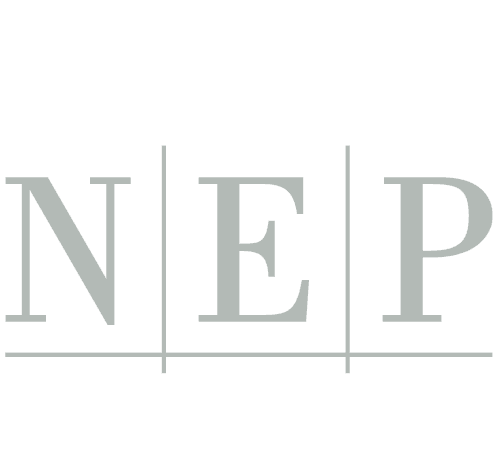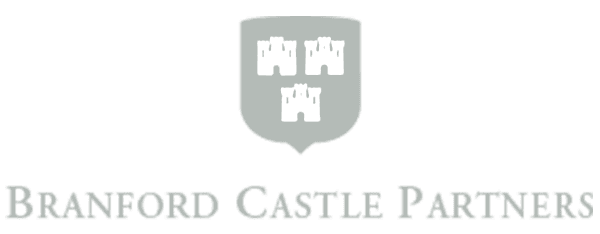"The Strategex team took an unwieldy and complicated data set and translated it into concrete recommendations and actionable insights. Their findings informed our investment decisions and gave our stakeholders confidence in our business development plan. We continue to partner with Strategex to ensure our decisions are driven by accurate and appropriately positioned data."
What does it take to turn a vision into real, measurable growth?
PPC Flex didn’t just ask that question; they answered it. At a pivotal moment in their journey, they made a decision: to stop casting a wide net and start zeroing in on the markets that truly mattered. What followed was a strategic transformation driven by insight, focus, and a relentless drive to lead the packaging industry.
In this conversation, the Vice President of Sales at PPC Flex shares how the company embraced change, leveraged market research to sharpen its strategy, and ultimately scaled with purpose. It’s a story of transformation and utilizing market research to achieve it.
Let’s dive in.
----
Charlie: Back in 2017, a private equity investor of PPC reached out to me. They were firm believers in the power of market research. That connection led me to you, William, at Pack Expo. It was my first time at the event, and there you were, tucked away in a modest booth among the giants of the packaging world.
Eight years and a few acquisitions later, when I returned to the convention floor, I could hardly recognize your company’s enormous booth—PPC had arrived. An impressive sign of PPC’s remarkable growth.
Let’s go back to the beginning. Paint a picture of PPC at the beginning of our partnership. Describe what problems or challenges you were facing that necessitated our work.
William: Before we initiated your services, our company was in the early stages of a new lifecycle. We had started a new business by uniting several different brands to create what is known today as PPC Flex.
Initially, our focus was on consumer products, and our go-to-market strategy was essentially to sell to whomever and wherever. We needed to transition from a broad-brushed approach to a more laser-focused approach in terms of customer engagement and alignment.
We began developing a targeted strategy to deliver best-in-class service and product experiences in well-defined market sub-segments within the CPG (consumer packaged goods) sector. Seeking positive change, we enlisted the help of outside resources to refine this approach. That’s where you come in.
Charlie: Our team has extensive experience in the packaging industry, so we knew it would be a great fit. How did our work support your new targeted strategy?
William: Your team collaborated with internal PPC stakeholders to understand our value proposition and then conducted in-depth interviews with market participants, including professionals, experts, and customers. Your team identified opportunity size, unmet market needs, pain points, and key trends, forecasting potential market growth.
Charlie: The team enjoys researching the packaging space; there’s always something new to discover. Let’s jump to when we presented the findings. As I recall, the market research validated a lot of institutional knowledge and delivered some "a-ha" moments with fresh insights.
William: You’re right; it was a little bit of both. We had years of experience in the market, and your work helped validate the core markets we were planning to target.
The work also served as a perfect reset button for us. As we entered this new lifecycle with new brands, we needed a fresh external perspective to be a purposeful consolidator in the flexible packaging space.
The work gave us direction to implement immediately and strategies for future growth. Plus, it shaped our approach; we now know what to look for in growing markets that better align with our strategy and value proposition.
Charlie: How did this shape your customer relationships?
William: We prioritized garnering sincere feedback from both current and prospective customers to better understand their needs. We realigned our sales organization and simplified our value propositions to match the needs of our target customers. We eliminated low-value activities and instituted tailored plans for each account to address key value drivers by sub-market.
By narrowing our focus, we significantly strengthened our customer relationships. Instead of pursuing growth for its own sake, we focused on building strong partnerships with customers who truly value what we offer. This approach enabled us to enhance our service and strengthen our market position.
Charlie: Ultimately, how would you summarize the outcome of this engagement?
William: In short, this exercise helped support double-digit organic growth, and we exceeded our organic growth targets year-over-year.
The exercise provided credibility to the process, offering the focus needed to achieve significant organic growth.
Your work was paramount to our ability to scale fast and effectively. Without the work, I don’t think we would have had the ability to grow through acquisition as successfully as we did.
It supported not only organic growth and our go-to-market strategy, but also inorganic growth with our future M&A strategy. It was the roadmap that provided the definition for who we ultimately wanted to become.
Charlie: If you had a crystal ball, what would the future hold for PPC?
William: Going forward, we are formalizing this refined strategy into our business playbook. This will enable us to achieve more systematic growth opportunities and integrate future phases, including potential acquisitions. By doing so, we ensure that strategic focus remains a cornerstone of our operational ethos.
The process really reinforced the importance of being open to change and the necessity of integrating new products, services, and key markets that align with our strategic goals.
Charlie: Conducting research is one thing, but implementing the strategy to create positive change is a completely different matter. In your case, it has obviously paid off. Congratulations!
William: Change is not always easy, but it is certainly required for growth.







